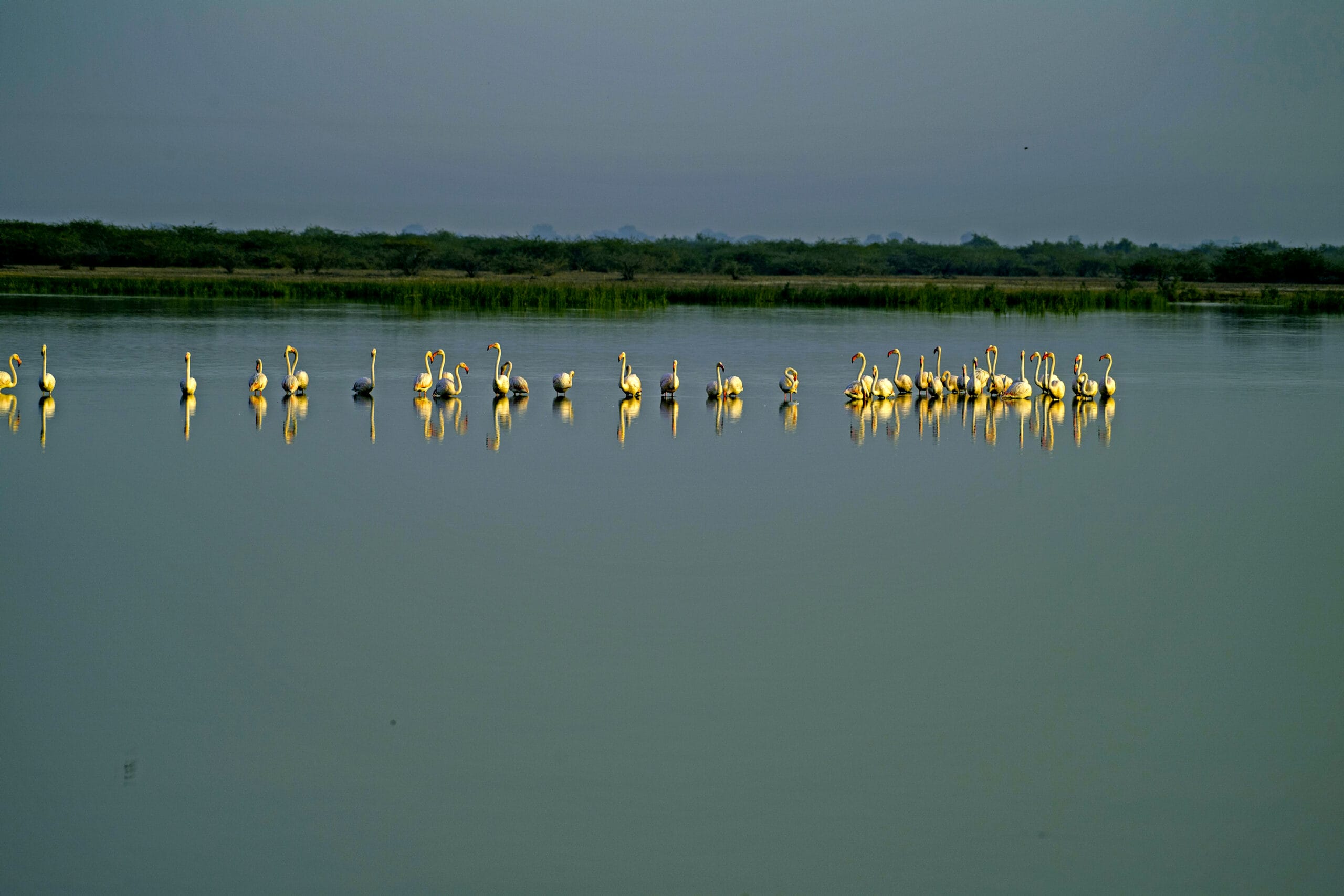
India Safari
Into the wild: discover India’s untamed luxury
Experience the best of the Subcontinent on a photo safari

Mornings spent tracking tigers, evenings around bonfires under a starlit sky, and days enjoying the comforts of the finest eco-lodges … experience India’s unique wildlife in spectacular national parks, from the tiger-rich forests of Ranthambhore to the lion playgrounds of Gir National Park.
Safaris on the Subcontinent are a photographer’s dream come true. The co-founder of boutique travel company RAPSafaris is former geologist and passionate photographer Rakesh Arora, his team’s goal to blend luxury, conservation and culture into an unforgettable wildlife adventure. With a master class in snap-chat on the side!
With more than 100 national parks and over 600 wildlife sanctuaries in India, the country shelters an astonishing range of habitats and species. RAPSafaris offers 16 packages, from three to 13 days’ duration, drawing on a dozen national parks and sanctuaries.
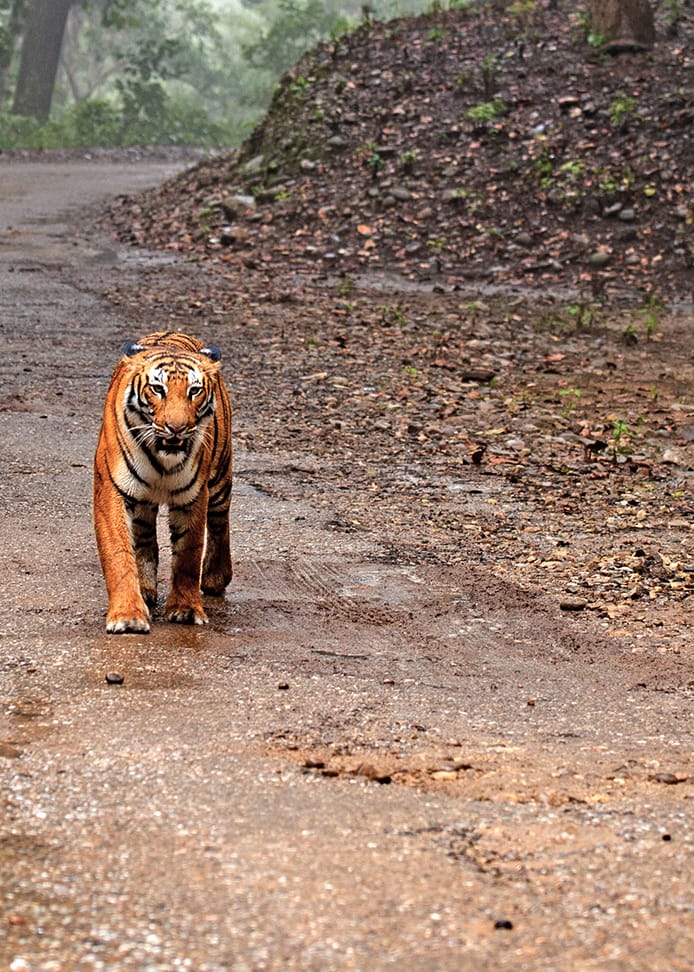
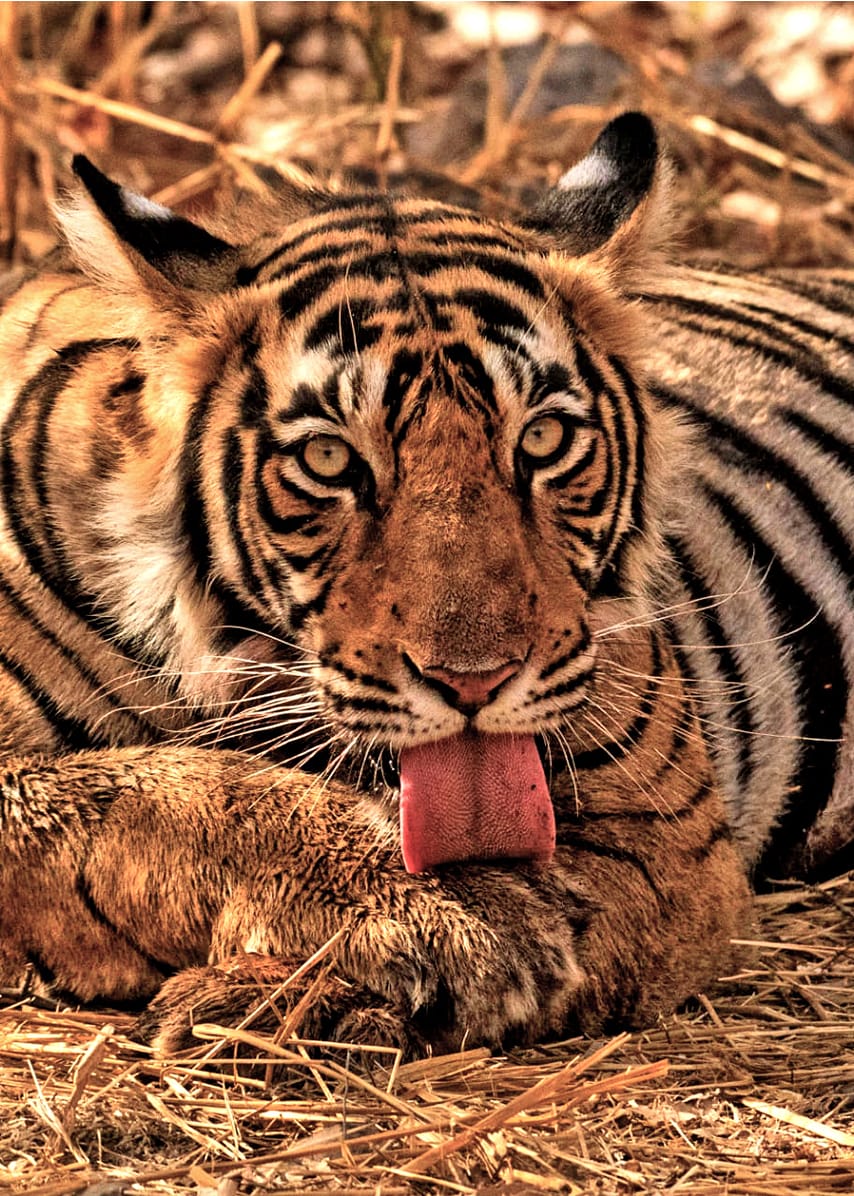
It’s a heady adventure for committed nature and wildlife lovers.
Join a safari master class
An adventure that puts creatures in the frame

India teems with rare and endemic life. Among the divas are the Royal Bengal Tiger, the Snow Leopard, and the Asiatic Lion. Their supporting cast includes everything from the one-horned Indian rhinoceros to the Clouded Leopard roaming Himalayan peaks, to sloth bears and hoolock gibbons swinging through the Northeast, to powerful elephants and species of fleet-footed deer. Hang out in Singalila National Park to see the very cute endangered red panda, which is the size of a domestic cat.
Bird lovers, too, find paradise – India is home to the Malabar hornbill, Indian pitta, and flocks of migratory cranes that bring the wetlands to life. Twitchers taking the Bhutan Young Nature Birding Tour will be on the lookout for the elusive Bhutan laughingthrush, the vibrant blood pheasant, the majestic Himalayan griffon, and many more.
India’s “wild” narrative flows into its rivers, lakes, and coasts. Spot the Ganges river dolphin surfacing in sacred waters.
Arora will train his camera (and yours!) on everything from bugs, frogs, and snakes to tigers, deer, lions, and ungulates, those creatures with hooves, along the way delivering instructions in technique using state-of-art technology, equipment and software.
Safaris cater to both amateur and professional photographers, and all types of cameras, whether high-end models with telephoto lenses or video cameras. Note: it’s also fine to leave the camerawork to others!
As well as Arora’s personalised photography lessons, guests have exclusive field access. Strong ties with park authorities and experienced naturalists ensure the best possible opportunities for wildlife sightings.
Photographers keen on portraiture, for example, love Ranthambhore National Park, a reserve famous for its Royal Bengal Tigers. Here, many of these and other animals are accustomed to the presence of humans, which means close-up shots are less likely to disturb or distract them.
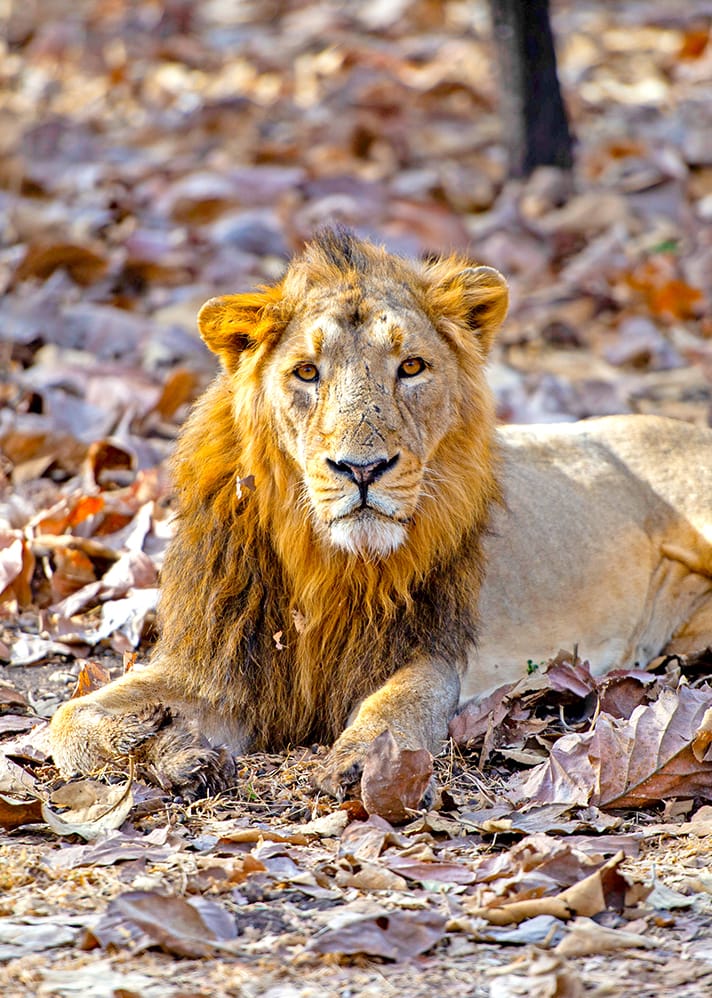

Seamless luxury, sustainable tourism
Leave the logistics to the experts

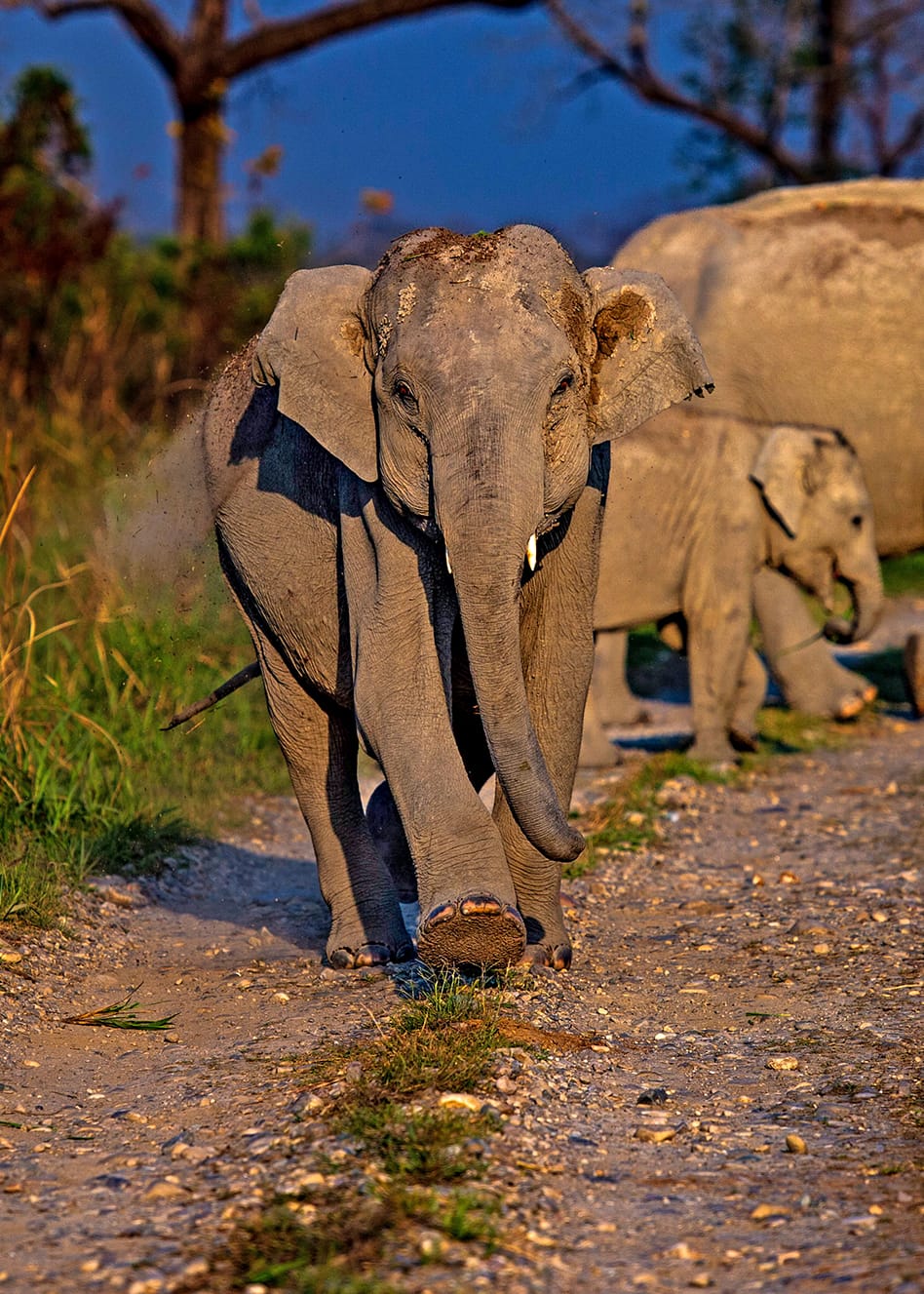
RAPSafaris provides bespoke experiences for individuals, families, or photography clubs seeking privacy, flexibility, and comfort. Whether you’re a photographer, birder, adventure seeker, or first-time traveller, wildlife tourism in India promises encounters you won’t find anywhere else.
All-inclusive itineraries take in India’s premier wildlife sanctuaries — Ranthambhore, Tadoba, Pench, and Gir — offering boutique accommodation, private safari vehicles (a maximum of six passengers), and fine dining in pristine settings.
From visa assistance to park permits and transfers, every detail on RAPSafaris outings is taken care of – allowing guests to focus solely on the adventures to hand.
RAPSafaris partners with eco-lodges that prioritise community welfare and conservation, ensuring travel that respects and preserves people and nature. The sustainable model celebrates wildlife conservation and empowers local communities through tourism. Considering impact is always an imperative.
Conservation stories abound. Project Tiger is a long-running conservation program that has established numerous tiger reserves across the country to protect the Royal Bengal Tiger and its habitats. The project, launched in 1973, aims to prevent the extinction of tigers through measures such as anti-poaching efforts, habitat restoration, and community-based programs.
Reserves such as Kanha, Corbett, Ranthambhore, Bandhavgarh, and Sundarbans now pulse with tiger life. From only 1,411 tigers in 2006, India’s tiger population has, according to the 2022 All India Tiger Estimation, risen to an estimated 3,682, nearly three-quarters of the world’s wild tigers.
Not only are tigers saved but there are ecological rewards that see scores of once-dry pools, streams and rivulets begin running all year long.
Tadoba-Andhari Tiger Reserve, with its thick teak forests and a beautiful lake, is one of dozens of Project Tiger Reserves that now has an abundance of not only tigers, but also leopards, sloth bears, hyaenas, jackals, wild dogs, blue bulls and sambars.
Relocated villages, vigilant patrolling, and stronger protections have turned India’s forests into safe havens. For travellers, a tiger safari in India is more than a chance for a sighting – it is a chance to witness the success of a great conservation story.
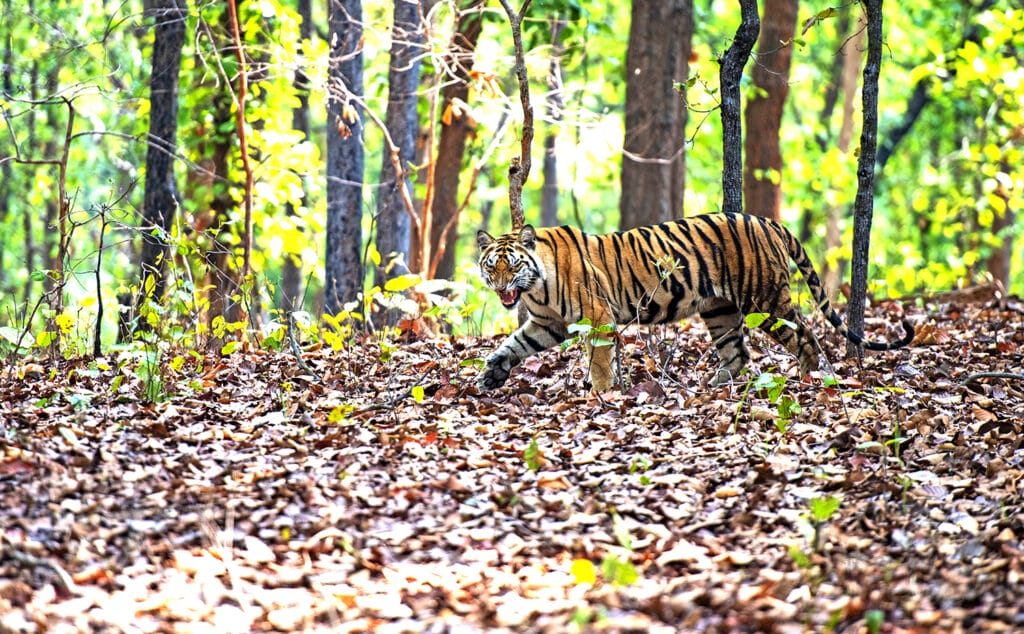
A cultural immersion
Capturing the rhythms of nature and nurture


To explore India’s wild is to discover a culture that has always seen nature not as “other”, but as kin. In other words, it’s a symbiotic relationship.
A safari here is not only about watching animals – it’s about stepping into a landscape where history, tradition, and wilderness are in synch.
Beyond the wilderness, guests enjoy authentic Indian experiences – from regional cuisine and local crafts to guided village interactions. Some itineraries include ancient monasteries, intricately carved temples, relics and ruins, and traditional festivals with vivid costumes.
Villages around Kanha, Bandhavgarh, Pench, Kaziranga, and Ranthambhore offer glimpses of communities that have lived in quiet rhythm with the forest for generations. Temples rise beside rivers, forts stand guard over dense woodlands, and folklore flows as freely as birdsong.
A taste of the wild
Serving India on a plate
Every traveller knows that delicious food is key to a memorable holiday. On safari, specialist chefs deliver authentic Indian cuisine, traditional recipes made with seasonal, local ingredients. Guests with allergies, food intolerances, and other dietary needs are catered to, as are vegans and vegetarians.
RAPSafaris draws on a taste map that evokes India’s exotic pantry.
Dishes from north might include rogan josh, korma, and tandoori chicken. Western Indian favourites are Goan fish curry, vindaloo, and bhelpuri, a popular Indian savory snack made primarily from puffed rice. From eastern India come the sweet yogurt mishti doi, the syrupy dumplings called rasgulla and dalma, a nourishment of lentils and vegetables. Southern Indian triumphs include biryani, the popular one-pot stop made with rice, meat or seafood, and a blend of spices.
Whether safari overnighters are at Svasara Jungle Lodge at Tadoba, Tendu Leaf Jungle Resort at Panna, or Pench Jungle Camp, by the Pench National Park, dining out is bound to be a nod to both nature’s bounty and location – from riverside to open-air jungle settings.
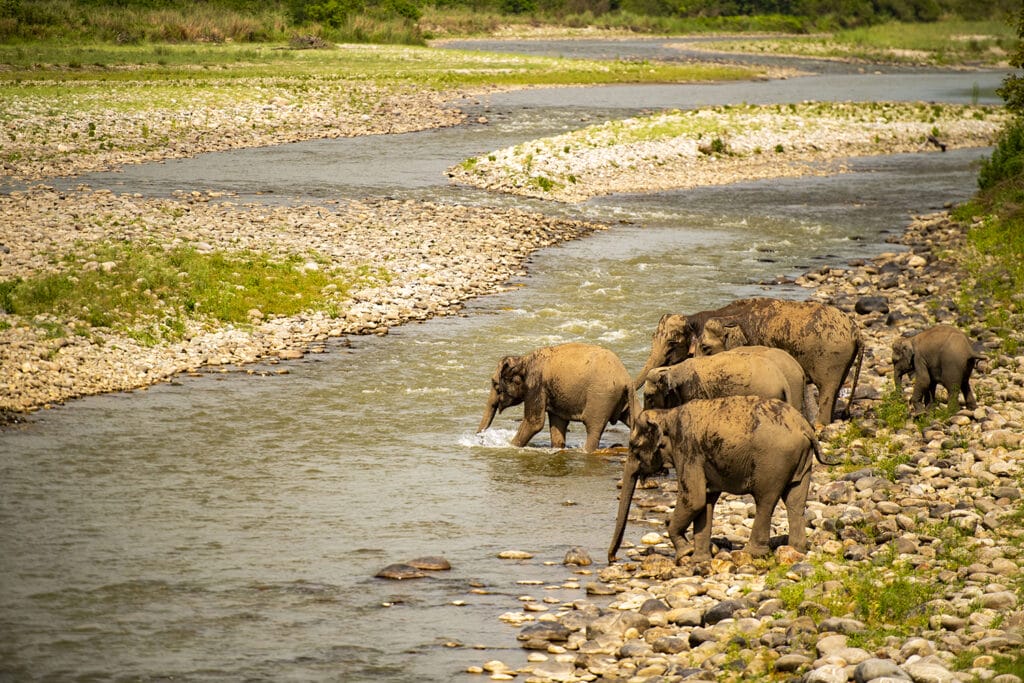
India’s wildlife safari season runs from October to June.
For prices, more information and to book, www.rapsafaris.com
Latest Articles
Don't miss the latest from Luxury Travel
